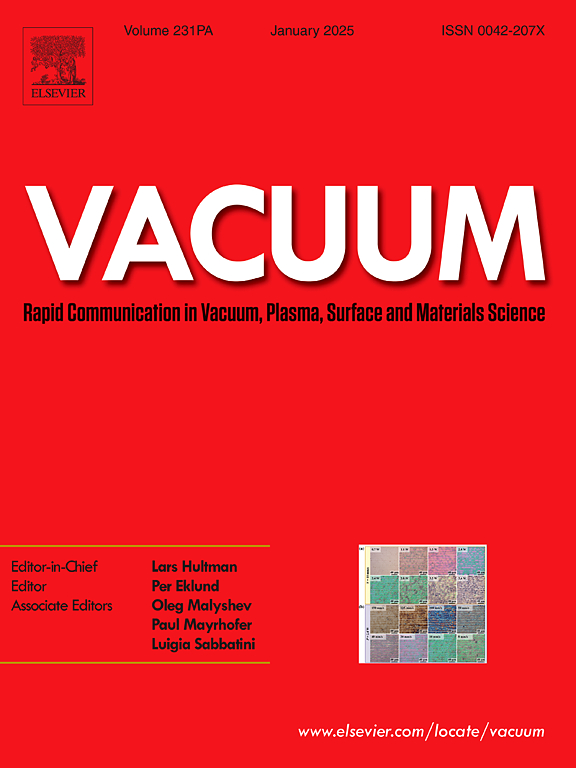Linear NiCo2O4 modified by CuO nanoparticles with wide range and high sensitivity for glucose detection and excellent ultracapacitor performance
IF 3.8
2区 材料科学
Q2 MATERIALS SCIENCE, MULTIDISCIPLINARY
引用次数: 0
Abstract
To develop materials that can meet the sensing and capacitive performance of glucose. Hydrothermal and electroplating procedures were used to prepare linear NiCo2O4 and nano-CuO particles, respectively. The sensor's sensitivity was 1174.57 μA mM−1 cm−1, with a low detection limit of 0.024 μM (S/N = 3), and its detection range was 0.3–12.6 mM, with good stability as verified using an electrochemical workstation. In addition, at a current density of 2 A g−1, this material exhibits a specific capacitance of up to 2140.0F g−1 in supercapacitors. After 5000 cycles, its stability remained at 93.89 %. Similarly, asymmetric supercapacitor devices based on nickel foam exhibit A high specific capacitance of 605.5 F g−1 at a current density of 2 A g−1. It is demonstrated that linear NiCo2O4 modified with CuO nanoparticles can be employed not only as a sensitive material for glucose sensors but also for the production of supercapacitors.
求助全文
约1分钟内获得全文
求助全文
来源期刊

Vacuum
工程技术-材料科学:综合
CiteScore
6.80
自引率
17.50%
发文量
0
审稿时长
34 days
期刊介绍:
Vacuum is an international rapid publications journal with a focus on short communication. All papers are peer-reviewed, with the review process for short communication geared towards very fast turnaround times. The journal also published full research papers, thematic issues and selected papers from leading conferences.
A report in Vacuum should represent a major advance in an area that involves a controlled environment at pressures of one atmosphere or below.
The scope of the journal includes:
1. Vacuum; original developments in vacuum pumping and instrumentation, vacuum measurement, vacuum gas dynamics, gas-surface interactions, surface treatment for UHV applications and low outgassing, vacuum melting, sintering, and vacuum metrology. Technology and solutions for large-scale facilities (e.g., particle accelerators and fusion devices). New instrumentation ( e.g., detectors and electron microscopes).
2. Plasma science; advances in PVD, CVD, plasma-assisted CVD, ion sources, deposition processes and analysis.
3. Surface science; surface engineering, surface chemistry, surface analysis, crystal growth, ion-surface interactions and etching, nanometer-scale processing, surface modification.
4. Materials science; novel functional or structural materials. Metals, ceramics, and polymers. Experiments, simulations, and modelling for understanding structure-property relationships. Thin films and coatings. Nanostructures and ion implantation.
 求助内容:
求助内容: 应助结果提醒方式:
应助结果提醒方式:


